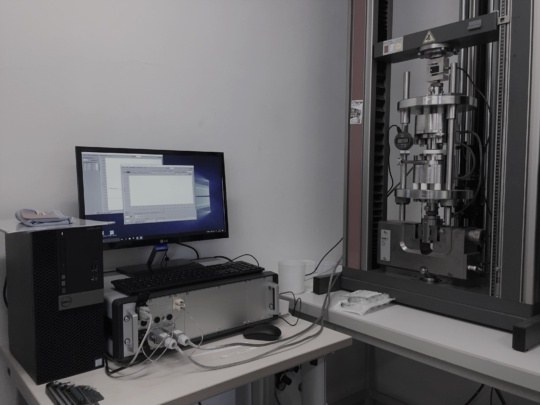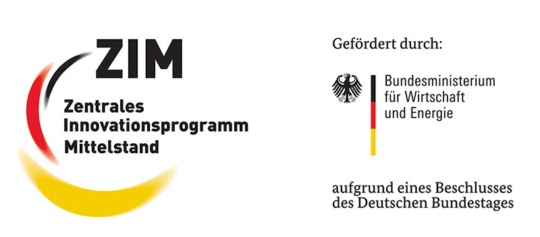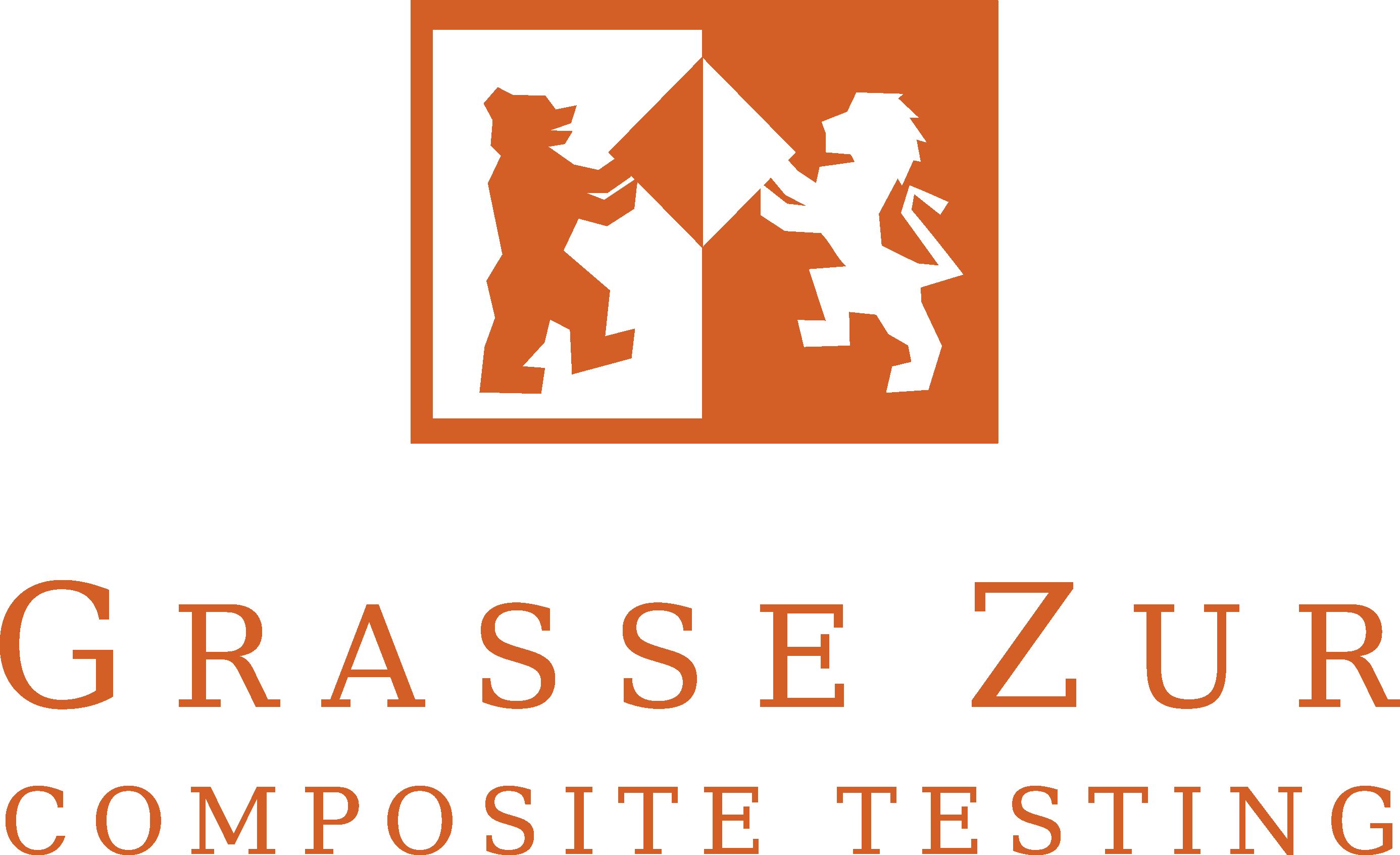Composite News
Non-contact process control using the pulse-echo method
Grasse Zur Composite Testing develops together with DLR e.V. a non-contact process control using the pulse-echo method as part of a ZIM research project funded by BMWi. Due to the increasing networking of control and plant systems, real-time information on the curing process is of increasing interest in the processing of fibre-reinforced plastics.
The GZ US-Plus® non-contact process control system has been successfully represented on the market for about twenty years. Compared to competing methods such as di-electric analysis (DEA), it has the advantage of being able to measure without direct contact to the manufactured component. The ultrasonic-based system uses a piezo sensor to emit sound waves that are received by a second sensor. A computer calculates the curing process from the running time. This method of process control is particularly important for the aerospace industry, since no holes have to be drilled into the moulds and thus the elaborately machined surfaces of the closed moulds are not damaged.
The limitations of the previous reference technology become apparent in the case of rotor blades of wind turbines. These components are manufactured in open-mold construction and are nowadays up to 80 m long. Under the often harsh production conditions, it is not possible to measure the curing in transmission by means of two sensors (transmitter and receiver). Practical experience shows that only a permanently installed sensor system, which does not hinder but supports the workflows in production, can be implemented in production.
For this reason, the development of OPtimus® was initiated, in which the curing control is realised by means of a coupled transmitter-receiver unit using the pulse-echo method. This technology eliminates the need for a second sensor, which is why the sensor system can remain permanently integrated in the mold. This enables both an enormous increase in efficiency during curing and a guarantee of networking within the scope of QA. Flow front detection is also the current development status, which is expected to be ready for the market in 2022.



